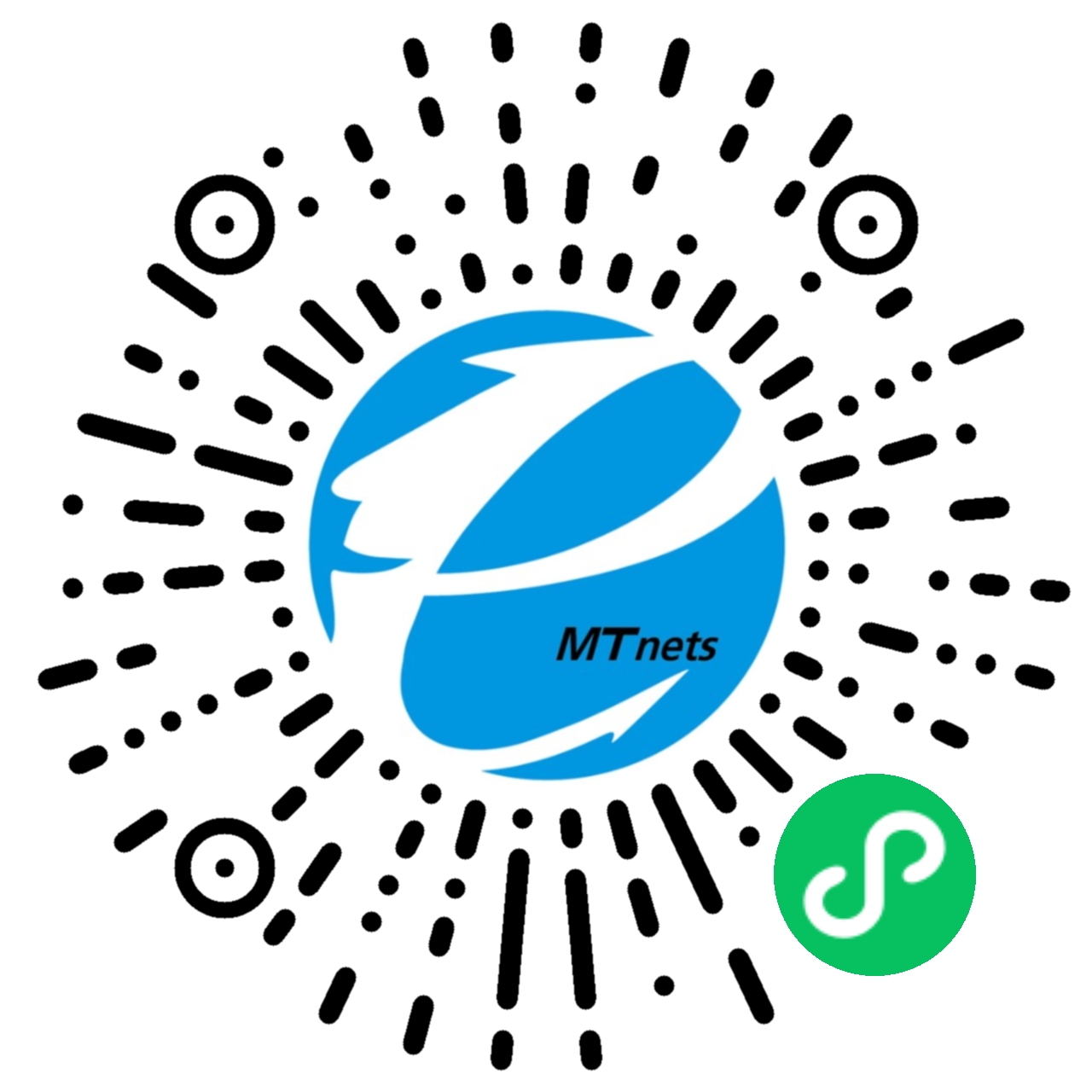Zone Refiner Theory區域精煉原理(區域提煉)
During zone refining or zone melting short molten zones move slowly through an elongated sample of crystalline material. A molten zone traversing a solid sample has two liquid-solid interfaces; a melting interface and a freezing interface. At the melting interface the sample is merely melted and mixed with the contents of the molten zone. At the freezing interface the crystals tend to be higher in purity than the liquid phase.
在區域精煉或區域熔化期間,短的熔融區域緩慢地移動通過細長的結晶材料樣品。 穿過固體樣品的熔融區具有兩個液 - 固界面; 熔化界面和冷凍界面。 在熔化界面處,樣品僅熔化并與熔融區的內容物混合。 在冷凍界面處,晶體的純度往往高于液相。

Extraordinarily high purification of chemicals can be obtained by repeatedly passing the molten zone or zones through the sample. The impurities are concentrated at the end of the sample, generally in the direction of the movement of the molten zone.
通過使熔融區域重復通過樣品,可以獲得非常高的化學品凈化。 雜質在樣品的末端濃縮,通常在熔融區的移動方向上。
Mathematically this can be expressed as a constant, K, known as the distribution coefficient. If the concentration of impurity in the solid (crystalline) phase is Cs and the concentration of impurity in the liquid phase is Cl then K is Cs/Cl. If K is less than 1 (the usual case), the impurities will follow the movement of the liquid zone; if K is greater than 1, the impurities will travel in the opposing direction.
在數學上,這可以表示為常數K,稱為分布系數。 如果固體(結晶)相中的雜質濃度是Cs并且液相中的雜質濃度是Cl,則K是Cs / Cl。 如果K小于1(通常情況下),雜質將跟隨液體區的運動; 如果K大于1,則雜質將沿相反方向行進。
相關產品
免責聲明
- 凡本網注明“來源:化工儀器網”的所有作品,均為浙江興旺寶明通網絡有限公司-化工儀器網合法擁有版權或有權使用的作品,未經本網授權不得轉載、摘編或利用其它方式使用上述作品。已經本網授權使用作品的,應在授權范圍內使用,并注明“來源:化工儀器網”。違反上述聲明者,本網將追究其相關法律責任。
- 本網轉載并注明自其他來源(非化工儀器網)的作品,目的在于傳遞更多信息,并不代表本網贊同其觀點和對其真實性負責,不承擔此類作品侵權行為的直接責任及連帶責任。其他媒體、網站或個人從本網轉載時,必須保留本網注明的作品第一來源,并自負版權等法律責任。
- 如涉及作品內容、版權等問題,請在作品發表之日起一周內與本網聯系,否則視為放棄相關權利。
 手機版
手機版 化工儀器網手機版
化工儀器網手機版
 化工儀器網小程序
化工儀器網小程序
 官方微信
官方微信 公眾號:chem17
公眾號:chem17
 掃碼關注視頻號
掃碼關注視頻號




















 采購中心
采購中心